Palazzo Massimo alle Terme
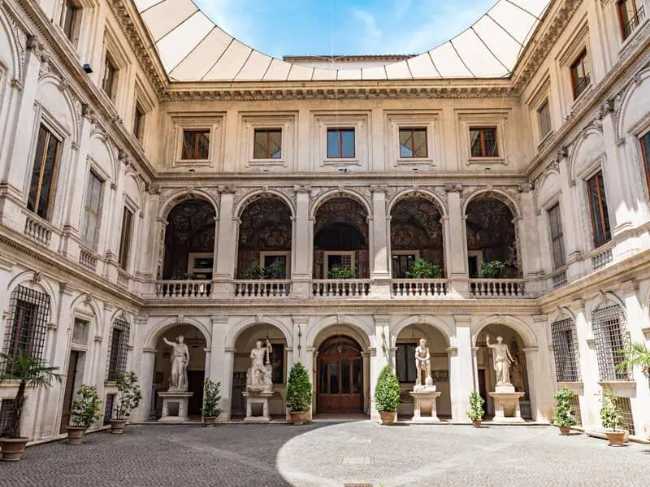
Palazzo Massimo alle Terme, part of the National Roman Museum in Rome, is renowned for its world-class collection of ancient art and archaeology, housed in a Neo-Renaissance palace near Termini Station. Across four floors, the museum presents masterpieces from Greek and Roman antiquity, including celebrated sculptures like the bronze “Boxer at Rest,” the marble “Lancellotti Discobolus,” the “Sleeping Hermaphroditus,” and the monumental Portonaccio Sarcophagus. The ground and first floors are devoted to statues, reliefs, and sarcophagi from the late Republican and Imperial periods, featuring portraits of emperors, gods, and mythological figures. The second floor is a highlight, showcasing the best-preserved Roman frescoes in the world, many relocated from the Villa of Livia and Villa Farnesina, which immerse visitors in the vibrant domestic and garden scenes of ancient Rome. This level also displays intricate mosaics from the 2nd to 4th centuries AD. The basement houses an extensive collection of Roman coins, jewelry, and grave ornaments, offering insight into the daily life and economy of the ancient city. Palazzo Massimo provides a comprehensive journey through Roman art, from sculpture and painting to everyday artifacts, making it a must-see for anyone interested in classical culture.
Rome ItalyPalazzo Massimo alle Terme is located at Largo di Villa Peretti, 2, 00185 Rome, Italy. This museum is part of the National Roman Museum and houses an impressive collection of Ancient Roman art and artifacts, including sculptures, frescoes, mosaics and coins. Some notable exhibits include the iconic "Boxer at Rest" bronze statue, discovered on the Quirinal Hill in Rome, and the "Discobolus" marble sculpture, a Roman copy of a Greek original. The museum's four floors offer a journey through the art and history of ancient Rome, with highlights such as Augustus as Pontifex Maximus and stunning frescoes from the Villa Farnesina. Nearby attractions include the Church of Sant'Ignazio, a beautiful Baroque church that was originally part of the Collegio Romano, and the surrounding streets offer a glimpse into Rome's historic architecture and vibrant cultural scene.
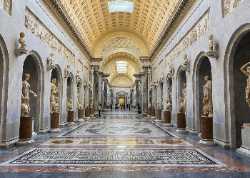 Vatican Museums
Rome
Vatican Museums
Rome
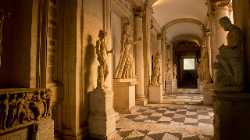 Capitoline Museums
Rome
Capitoline Museums
Rome
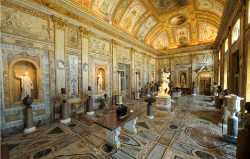 Galleria Borghese
Rome
Galleria Borghese
Rome
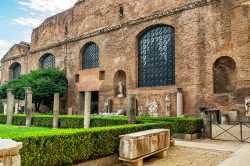 Baths of Diocletian
Rome
Baths of Diocletian
Rome
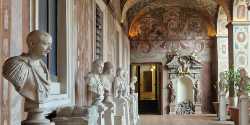 Palazzo Altemps
Rome
Palazzo Altemps
Rome
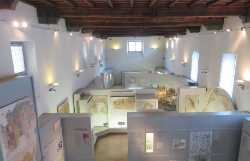 Crypta Balbi
Rome
Crypta Balbi
Rome
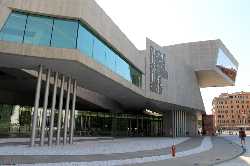 MAXXI
Rome
MAXXI
Rome
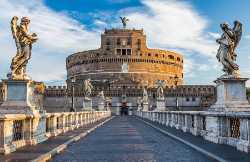 Museo Nazionale di Castel Sant’Angelo
Rome
Museo Nazionale di Castel Sant’Angelo
Rome
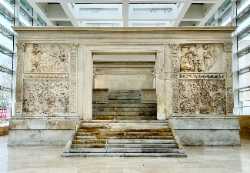 Museum of the Ara Pacis
Rome
Museum of the Ara Pacis
Rome
 Centrale Montemartini
Rome
Centrale Montemartini
Rome
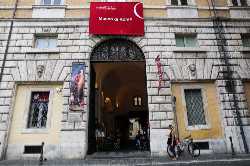 Museo di Roma
Rome
Museo di Roma
Rome
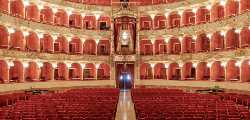 Teatro dell’Opera di Roma
Rome
Teatro dell’Opera di Roma
Rome
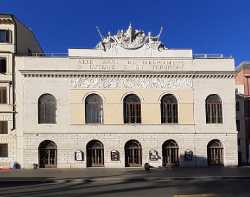 Teatro Argentina
Rome
Teatro Argentina
Rome
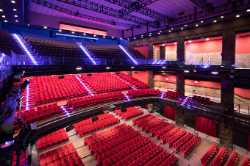 Teatro Brancaccio
Rome
Teatro Brancaccio
Rome
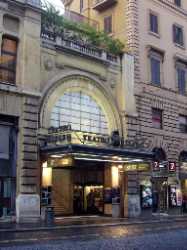 Teatro Eliseo
Rome
Teatro Eliseo
Rome
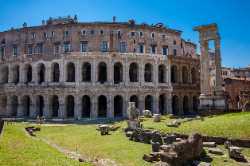 Teatro di Marcello
Rome
Teatro di Marcello
Rome
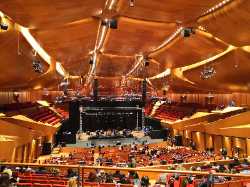 Auditorium Parco della Musica
Rome
Auditorium Parco della Musica
Rome
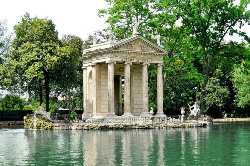 Villa Borghese Gardens
Rome
Villa Borghese Gardens
Rome
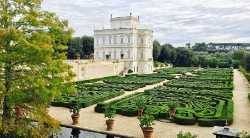 Villa Doria Pamphilj
Rome
Villa Doria Pamphilj
Rome
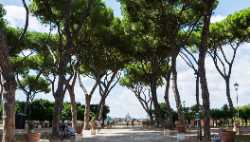 Giardino degli Aranci
Rome
Giardino degli Aranci
Rome
 Villa Ada Savoia
Rome
Villa Ada Savoia
Rome
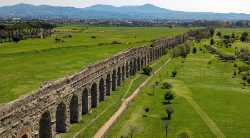 Parco degli Acquedotti
Rome
Parco degli Acquedotti
Rome
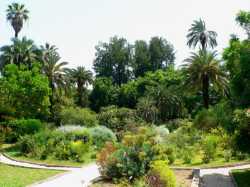 Botanical Garden of Rome
Rome
Botanical Garden of Rome
Rome
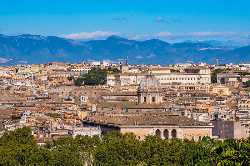 Janiculum Hill
Rome
Janiculum Hill
Rome
 Campo de' Fiori
Rome
Campo de' Fiori
Rome
 Porta Portese Market
Rome
Porta Portese Market
Rome
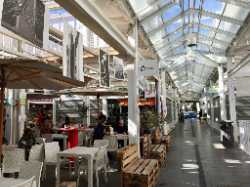 Mercato di Testaccio
Rome
Mercato di Testaccio
Rome
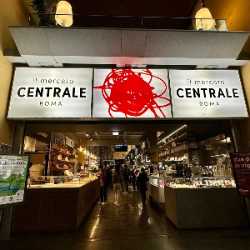 Mercato Centrale Roma
Rome
Mercato Centrale Roma
Rome
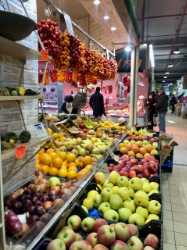 Trionfale Market
Rome
Trionfale Market
Rome
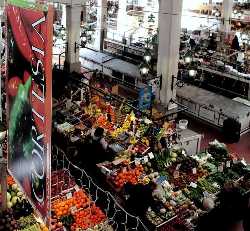 Mercato dell’Unità
Rome
Mercato dell’Unità
Rome
 Galleria Borghese
Rome
Galleria Borghese
Rome
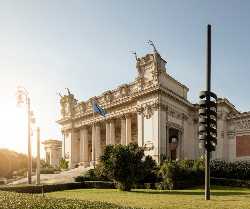 Galleria Nazionale d'Arte Moderna
Rome
Galleria Nazionale d'Arte Moderna
Rome
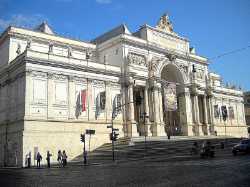 Palazzo delle Esposizioni
Rome
Palazzo delle Esposizioni
Rome
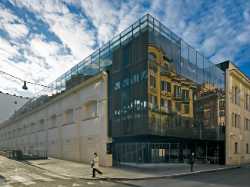 Museum of Contemporary Art of Rome
Rome
Museum of Contemporary Art of Rome
Rome
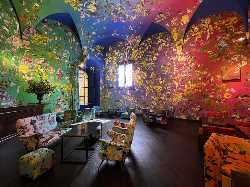 Chiostro del Bramante
Rome
Chiostro del Bramante
Rome
 Roseto Comunale
Rome
Roseto Comunale
Rome
 Pincian Hill Gardens
Rome
Pincian Hill Gardens
Rome
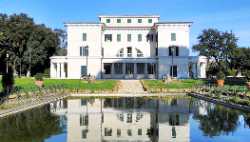 Villa Torlonia Gardens
Rome
Villa Torlonia Gardens
Rome
 Castel Sant’Angelo
Rome
Castel Sant’Angelo
Rome
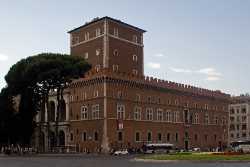 Palazzo Venezia
Rome
Palazzo Venezia
Rome
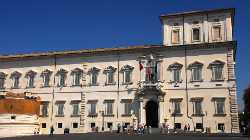 Palazzo Quirinale
Rome
Palazzo Quirinale
Rome
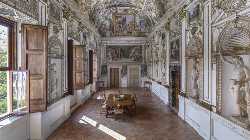 Palazzo Farnese
Rome
Palazzo Farnese
Rome
 Palazzo Barberini
Rome
Palazzo Barberini
Rome
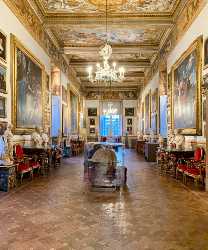 Palazzo Spada
Rome
Palazzo Spada
Rome
 Palazzo Doria Pamphilj
Rome
Palazzo Doria Pamphilj
Rome
 St. Peter’s Basilica
Rome
St. Peter’s Basilica
Rome
 Basilica di San Giovanni in Laterano
Rome
Basilica di San Giovanni in Laterano
Rome
 Santa Maria Maggiore
Rome
Santa Maria Maggiore
Rome
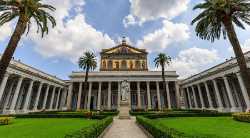 San Paolo Fuori le Mura
Rome
San Paolo Fuori le Mura
Rome
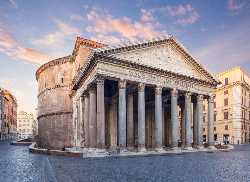 Pantheon Rome
Rome
Pantheon Rome
Rome
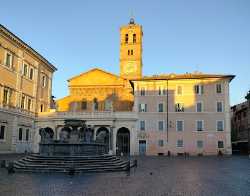 Santa Maria in Trastevere
Rome
Santa Maria in Trastevere
Rome
 San Clemente
Rome
San Clemente
Rome
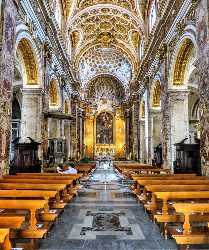 San Luigi dei Francesi
Rome
San Luigi dei Francesi
Rome
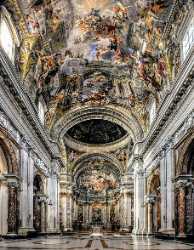 Sant’Ignazio di Loyola
Rome
Sant’Ignazio di Loyola
Rome
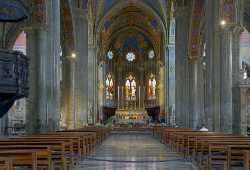 Santa Maria sopra Minerva
Rome
Santa Maria sopra Minerva
Rome
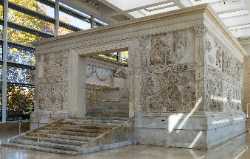 Museo dell'Ara Pacis
Rome
Museo dell'Ara Pacis
Rome
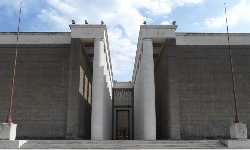 Museo della Civiltà Romana
Rome
Museo della Civiltà Romana
Rome
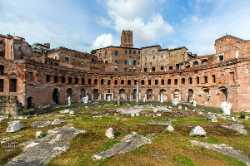 Mercati di Traiano
Rome
Mercati di Traiano
Rome
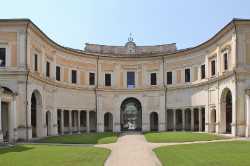 Museo Nazionale Etrusco di Villa Giulia
Rome
Museo Nazionale Etrusco di Villa Giulia
Rome
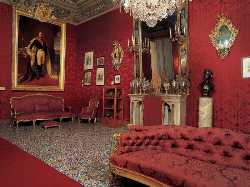 Museo Napoleonico
Rome
Museo Napoleonico
Rome
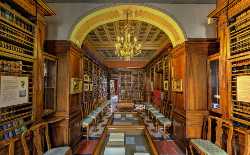 Keats-Shelley House
Rome
Keats-Shelley House
Rome
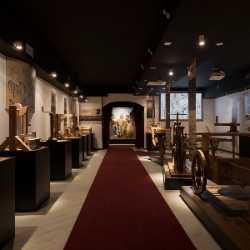 Museo Leonardo da Vinci Experience
Rome
Museo Leonardo da Vinci Experience
Rome
 Museo delle Anime del Purgatorio
Rome
Museo delle Anime del Purgatorio
Rome
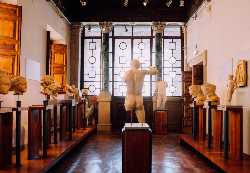 Museo Barracco
Rome
Museo Barracco
Rome
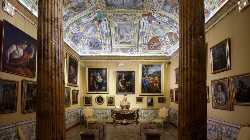 Galleria Corsini
Rome
Galleria Corsini
Rome
 Galleria Doria Pamphilj
Rome
Galleria Doria Pamphilj
Rome
 Fondazione Memmo
Rome
Fondazione Memmo
Rome
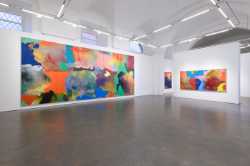 Galleria Lorcan O’Neill
Rome
Galleria Lorcan O’Neill
Rome
 Gagosian Gallery Rome
Rome
Gagosian Gallery Rome
Rome
 Z20 Gallery
Rome
Z20 Gallery
Rome
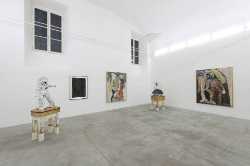 Monitor
Rome
Monitor
Rome
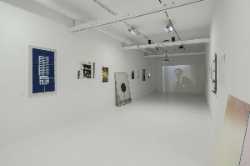 Pastificio Cerere
Rome
Pastificio Cerere
Rome
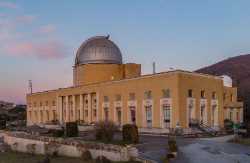 Monte Mario Observatory
Rome
Monte Mario Observatory
Rome